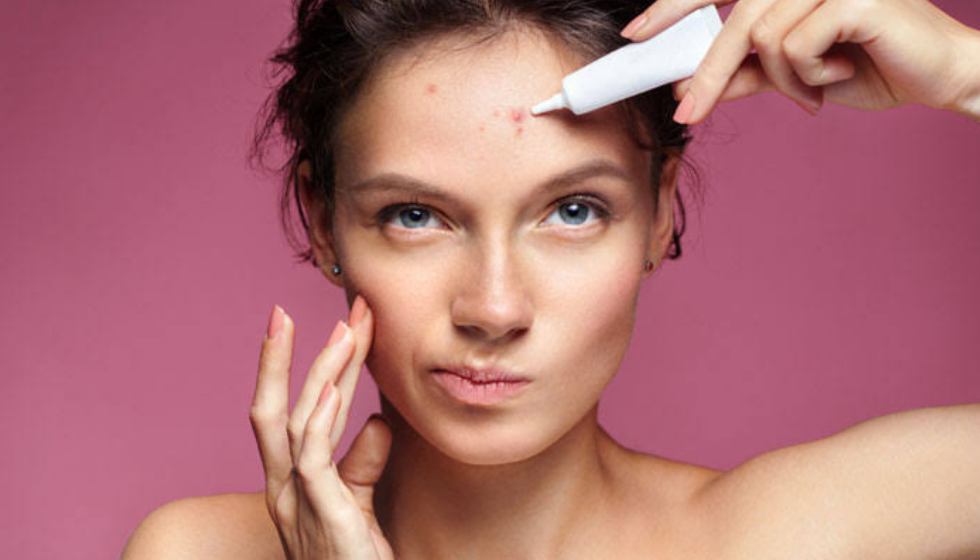Why Pimples Causes this is the most asked and searched question on the Internet these days. Are those little pimples on your face worrying you? Not sure how to get rid of them and get back your smooth skin? Well, bumps are produced due to several underlying factors. It is necessary to know what kind of pimple has formed on your face.
A pimple is a little pustule or papule. Spots happen when sebaceous glands, or oil glands, become clogged and infected, starting to swollen, red lesions filled with pus. Why Pimples Causes as there are many reasons for this question and many answers.
During puberty, hormone production differences. This can cause the sebaceous glands, found at the base of hair follicles, to display overactive. As a result, pimples are most apt to occur during the teenage years and around menstruation, for women.
Pimples most frequently affect the face, back, chest, and shoulders. This is because there are numerous sebaceous glands in these areas of skin.
Types of Pimples on faces:
- Whiteheads
- Blackheads
- Papules
- Pustules
- Nodules
- Cysts
- Milia
- Comedones
- Xanthelasma
- Sebaceous Hyperplasia
How to Remove Pimples from face:
Keep your face clean
Whether or not you have acne, it’s essential to wash your face twice daily to eliminate impurities, dead skin cells, and extra oil from your skin’s surface.
Washing more frequently than twice daily is not necessarily more useful; it may do more harm than good. Use warm, not hot, water and a mild facial cleanser.
Avoid scrubbing your skin firmly with a washcloth, an exfoliating glove, or loofah a coarse-textured sponge.
Gently wash it with a very smooth cloth or your hands. Always rinse well, and then dry your face with a clean towel.
Moisturize
Many acne products include ingredients that dry the skin, so they regularly use a moisturizer that reduces dryness and skin peeling. Look for “noncomedogenic” on the label, which indicates it should not cause acne. There are moisturizers made for oily, dry, or combination skin.
Do makeup sparingly
During a breakout, avoid wearing foundation, powder, or blush. If you do use makeup, wash it off at the end of the day. If probable, choose oil-free cosmetics without combined dyes and chemicals.
Choose makeup that is identified as “noncomedogenic,” meaning it should not make acne.
Stay hydrated
If you’re dehydrated, your body may indicate your skin’s oil glands to compose more oil. Dehydration also provides your skin with a dull look and promotes inflammation and redness.
To maintain your body well-hydrated, drink at least eight 8-ounce glasses of water each day. Drink more extra after exercise, if you’re pregnant or breastfeeding, or you spend time in a hot, humid climate.
Hair Products
Avoid applying fragrances, oils, pomades, or gels on your hair. If they get on your face, they can block your skin’s pores and hurt your skin.
Use a soft shampoo and conditioner. Oily hair can continue to the oil on your face, so wash your hair often, particularly if you’re breaking out. Got long hair? Keep it dragged away from your face.
Hands off your face
Avoid rubbing your face or propping your cheek or chin on your hands. Not only can you develop bacteria, but you can also hurt the already inflamed facial skin.
Never pick or pop pimples with your fingers, as it can begin to infection and scarring.
Feed your skin
Most specialists agree that specific foods, like chocolate, don’t cause pimples. Still, it performs sense to avoid greasy food and junk food and add more fresh fruits, vegetables, and whole grains to your diet.
Dairy products and foods high in prepared sugar may trigger acne. Avoid this type of food.
Exercise daily
Daily exercise is right for your entire body, including your skin. When you exercise, avoid wearing clothing or practicing exercise equipment that rubs your skin and may cause irritation. Shower or bathe right following exercise.


